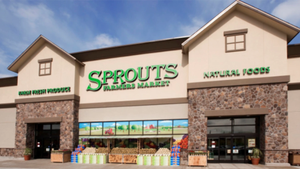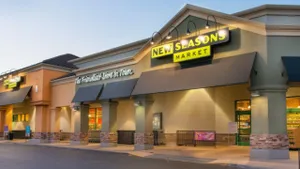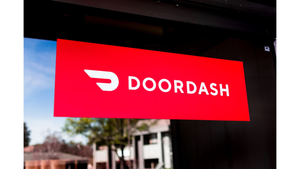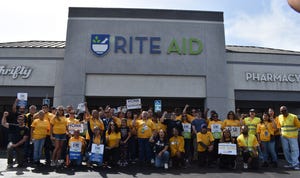Food Forum: Mass merchandising Goliath meets its David
January 1, 2018
Personalization can change the rules in the battle for grocery shoppers. By Elliott Grant Since the 1960s, mass merchandising has been a winning strategy for retail. Carry a wide selection of products in a single location and allow shoppers of all stripes to self-select what they want to buy. Companies such as Walmart and Target grew to dominance by leveraging purchasing power, unmatched selection and a one-stop-shop strategy. To compete, large traditional retailers such as Kroger and Safeway launched loyalty programs that gave them new insights into what their shoppers were buying, helping them better target promotions based on purchase history. Ironically, the emergence of an even bigger online mass merchant, Amazon, has demonstrated a new killer strategy: Mass personalization. A website knowing a user’s location, and buying history, will be able to present offers and suggestions tailored to the user—offers that can be tuned in real time based on response. The personalization is not individual but rather the user is first classified and then the personalization is based on the group they belong to. Advances in “Big Data” have enabled companies to create new user groups based on subtle shopper differences that were not easy to discern based on purchase behavior alone. One such subtle dimension of personalization is health. Shoppers are increasingly aware of the connection between diet and wellness, and are looking for help in making purchase decisions that will help them meet their dietary goals and avoid certain ingredients. Trends in healthy foods such as gluten-free, high fiber, protein rich, dairy-free and natural/organic have already become significant segments. Evolving trends such as paleo, raw and heritage may become significant differentiators between groups. The challenge for retailers is: How do they know what their shoppers are looking for, and how do they accurately reach those groups to differentiate themselves from the mass merchants? At the same time, mobile tools are equipping shoppers with instant access to information and recommendations—helping them make decisions when they are walking the grocery aisle. One such tool is ShopWell. More than a million U.S. shoppers have downloaded the ShopWell app which gives them a personalized score based on their personal dietary goals and allergens for any UPC they scan. The power of this mobile revolution, however, is not just helping shoppers make healthier choices, it is also the information provided to the retailer, enabling them to answer the questions posed above. David knew he could not slay Goliath with brute force or wielding a sword more skillfully—he changed the rules of the game. Similarly, mass personalization creates the opportunity for smaller retailers to compete on different terms: Focus more accurately on what groups of their customers are looking for, merchandise what they want and reach out to them to help them find it. Too small to compete with a mass retail strategy, and too big to use a specialty strategy, mass personalization creates a third way for the retailer. The first step is identifying what groups of shoppers are looking for, whether its middle-aged moms looking for gluten-free foods and easy choices for weight management, seniors who are worried about osteoporosis or men keen on a heart-healthy diet. Just a few hundred users can provide a statistically significant profile of a group. With a few thousand shoppers generating scan data, a retailer can identify clusters of shoppers and whether those are distinctive from nearby competitors. Psychologists now understand that offering more choices can actually reduce sales. A 2006 study by Bain, a consultancy, suggested that reducing complexity and narrowing choice could increase revenues by between 5-40%. Shoppers overwhelmed by the mass of choices, choose nothing or stick to the same old brands or products. By understanding a group’s dietary goals, the retailer can nudge shoppers to products that meet their needs, whether by narrowing selections, altering product mix or merchandising according to a group’s needs. We are entering a new era of technology in retailing. The Goliath strategy of scale and mass creates the opportunity for smaller, more nimble players to leverage technology to change the rules of engagement and compete using mass personalization. Elliott Grant is CTO of HarvestMark & ShopWell. He can be reached at, [email protected].
About the Author
You May Also Like




